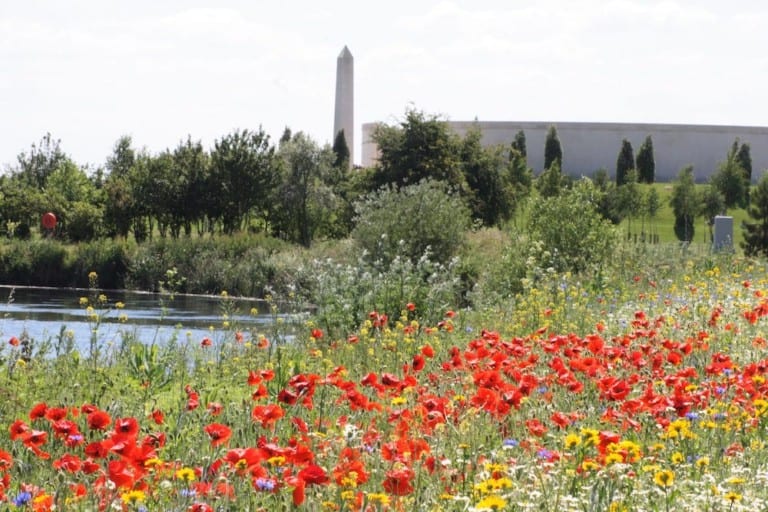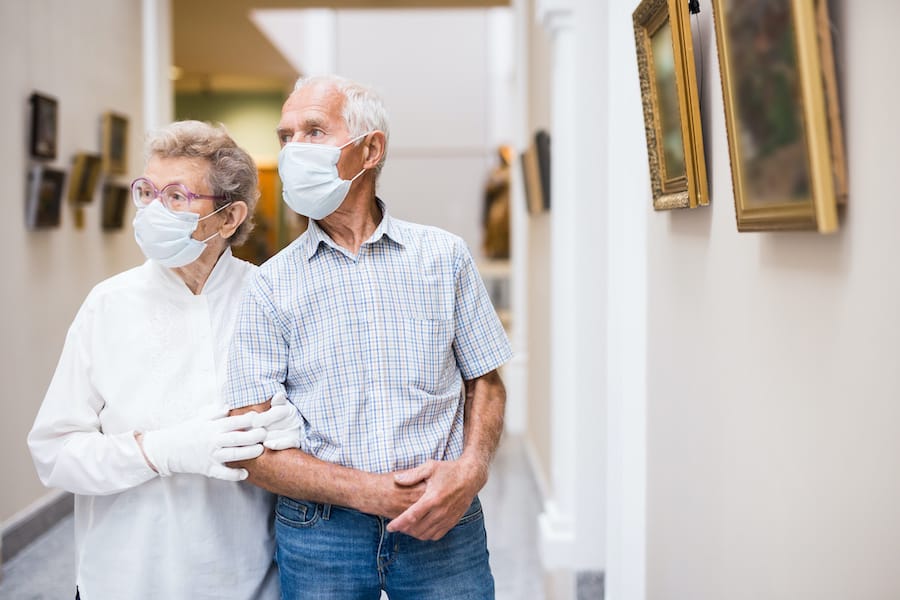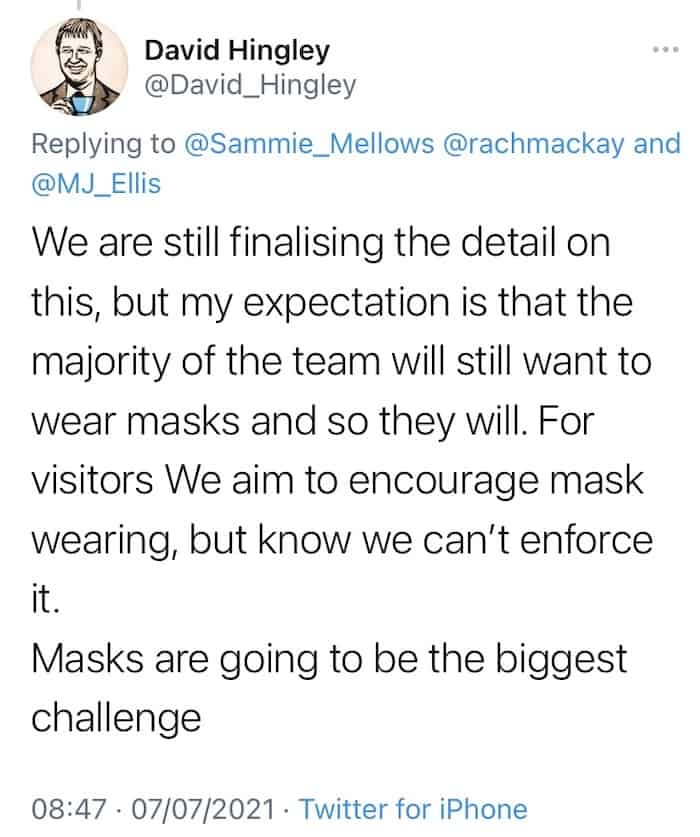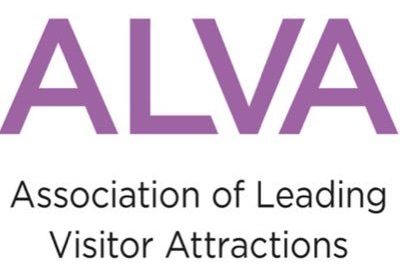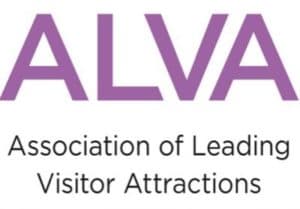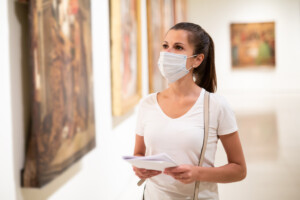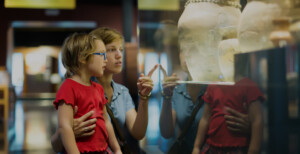The Government has announced the end of coronavirus restrictions in England on 19 July. However, many attractions operators feel that a slower return to normality and some shared COVID guidance would be in the best interests of visitors and staff.
Prime Minister Boris Johnson announced this week that after 19 July, mask-wearing would become voluntary. It was also announced that social distancing rules would be abandoned. This means that venues will be able to open with no capacity or distancing restrictions. The Prime Minister was clear that decisions around safety would now come down to the personal judgement of individuals. He has said, “We must find a new way of living with the virus.”
The end of operating restrictions is on one hand great news for attraction operators who have been unable to sell out exhibitions and experiences since the beginning of the pandemic. Yet many are concerned that, given the rise in COVID cases, the dropping of all restrictions may be too much.
Attractions have earned visitors’ confidence thanks to COVID guidance
Attractions opened their doors once more in July 2020. Since then, operators have worked hard to ensure that visitors can enjoy a safe and hygienic experience. In fact, Public Health England confirms that there have been no verifiable outbreaks of COVID in any visitor attraction since the beginning of the crisis.
This corresponds with further reports from Europe showing that, thanks to the measures put in place by operators, visiting a museum remains one of the safest COVID activities available.
As a result of this work, visitor confidence around visiting museums and other attractions has increased. However, recent research by consultants Decision House shows that 75% of the visiting public would prefer some restrictions to remain in place. Even after they are legally lifted.
Anecdotally, museum operators report that whilst some visitors push back against the current restrictions, many more are happy to follow them if it means a safe and comfortable experience. If, after 19 July, visitors feel unsure of having enough space, or they think their fellow visitors may choose not to wear masks, the sector could well see a drop in the confidence that operators have worked so hard to build up.
Concerns about ‘return to normal’
A drop in visitor confidence is just one concern that museum operators have expressed about an enforced return to normal.
Another is the increased risk to staff. Many Front of House staff are in the younger age groups. Therefore, they are unlikely to have had both vaccination doses by 19 July. Making issues like mask wearing a matter of personal choice means staff will be dealing with an increased number of non-mask wearers; a ‘choice’ that is entirely out of their hands.
Aside from the obvious health risks, the increased chance of needing to isolate could lead to resourcing problems. This is particularly a worry in smaller teams.
Head of Visitor Experience at York Museums Trust, Richard Saward, voiced this concern on 6 July, when he tweeted his response to the PM’s announcement:
“Good news for museums from an income point of view as capacity becomes less of an issue but not so sure it’s good for FoHMuseums & VEteams… Many of the team have had just 1 jab some none. What about isolating after contact?”
The matter of enforcement is also causing concern. Operators worry that, without Government backing, any in-house restrictions that individual organisations decide to retain will be harder to justify. Head of Visitor Experience at Tate, David Hingley, tweeted “For visitors we aim to encourage mask wearing, but know we can’t enforce it.”
ALVA publishes visitor attractions sector guidance on end of COVID restrictions
Amongst the debates on Twitter, two things are clear. Firstly, that operators would prefer (and in many cases will be implementing) a more gradual return to the normalcy many crave.
For example, although no final decision had been made at the time of writing, Mark Ellis, Head of Visitor Experience at the National Memorial Arboretum (pictured, top) said he was considering a “plan to keep pre-booking and limited capacity – but it will be a phased increase up to close to the peak we could expect to get on a ‘normal’ busy summer day.”
The second consensus is consensus. Every museum or attraction is unique and will need to consider its own measures individually. But there is a definite feeling that a connected, joint approach will help to ensure attractions can maintain visitor confidence. To that end, the Association of Leading Visitor Attractions (ALVA) has produced sector-wide guidance for the end of government COVID restrictions.
Introducing the guidance, ALVA CEO Bernard Donoghue said “the guidance is just that; guidance, and not regulatory or prescriptive. It is intended to enable you to assist your Front of House staff… to feel confident in their work, as well as your visitors.”
Visitors want some restrictions in place
The guidance follows strong research that shows the majority of visitors wish to maintain some restrictions, saying:
“UK visitor attractions have decided to be guided by their visitors’ own sentiment and levels of caution and, at their discretion, to maintain the following, beyond 19 July, and until the end of August (to be reviewed):
- Maintain reduced capacity at sites in order to avoid crowds
- Maintain the requirement for visitors to book at most times, especially at weekends. Whilst also allowing some time slots to be available for ‘walk-ups’
- Maintain social distancing on site, though this may be reduced to 1m rather 2m
- And to keep the requirement for visitors to wear a face mask indoors unless a visitor is exempt from wearing one”
We have yet to see how English visitor attractions and museums will use this advice in their own sites. However, operators agree that the very existence of this guidance is extremely helpful, as they yet again sit down to revise risk assessments and standard operating procedures.
You can read the ALVA guidance in full here. You can also find practical tools for planning new measures at The Recovery Room. This includes conflict resolution training resources and visitor journey templates.
